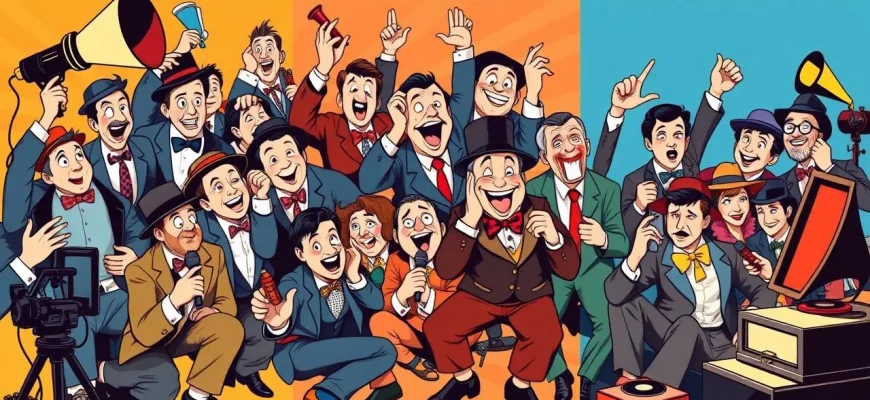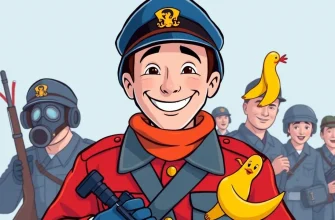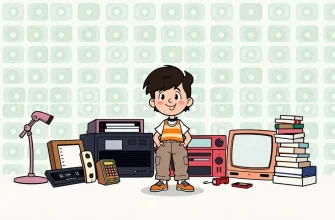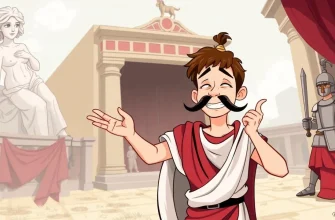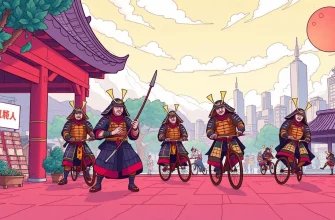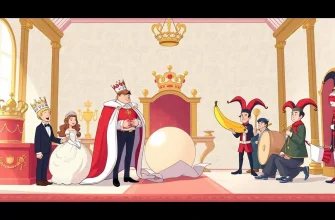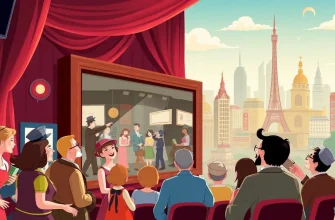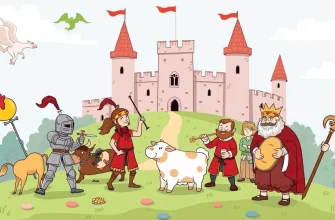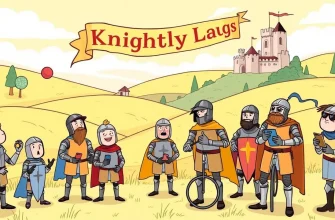This collection of films transports viewers back to the early 20th century, a time of great change and innovation, where comedy was often a reflection of the era's social dynamics. These films not only entertain but also offer a glimpse into the past, showcasing the evolution of humor and the cultural nuances of the time. Whether it's the silent film era's slapstick or the advent of talkies, this selection provides a delightful journey through comedic history.
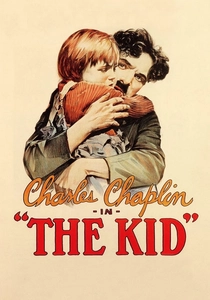
The Kid (1921)
Description: This film combines comedy with drama as Chaplin's Tramp adopts an abandoned child, offering a poignant look at life in the early 20th century.
Fact: Jackie Coogan, who played the Kid, became one of the first child stars in Hollywood, later known for his role as Uncle Fester in "The Addams Family."
 Watch Now
Watch Now
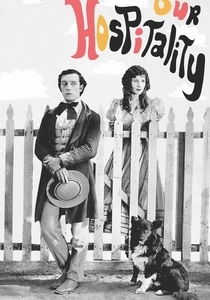
Our Hospitality (1923)
Description: Keaton stars in this film about a family feud, where he must navigate the rules of Southern hospitality to avoid being killed by his fiancée's relatives.
Fact: The film features an early use of a steam locomotive, which Keaton himself helped to restore for the movie.
 Watch Now
Watch Now
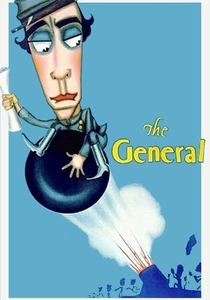
The General (1926)
Description: Buster Keaton stars as a railroad engineer who must rescue his beloved train and his sweetheart during the American Civil War, showcasing the physical comedy and ingenuity of the silent film era.
Fact: Keaton performed many of his own stunts, including a famous scene where he sits on a train's cowcatcher as it crashes through a burning bridge.
 Watch Now
Watch Now
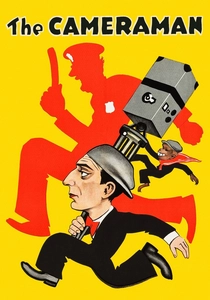
The Cameraman (1928)
Description: Keaton plays a tintype photographer who tries to become a newsreel cameraman to win the heart of a girl, leading to a series of comedic and adventurous situations.
Fact: This was Keaton's first film under contract with MGM, marking a shift in his career from independent production.
 Watch Now
Watch Now
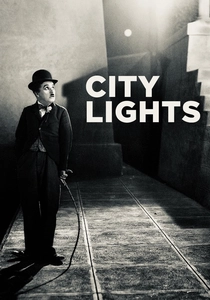
City Lights (1931)
Description: Charlie Chaplin's Tramp character falls in love with a blind flower girl, leading to a series of comedic and touching events, highlighting the transition from silent films to talkies.
Fact: Despite the advent of sound in films, Chaplin chose to keep this film silent, believing that the Tramp's character was best expressed without words.
 Watch Now
Watch Now
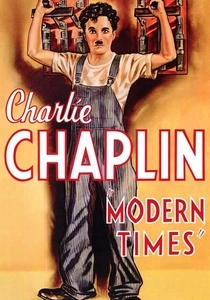
Modern Times (1936)
Description: Another Chaplin classic, this film critiques the industrialization and the dehumanization of the workforce, with the Tramp caught in the gears of modern society.
Fact: This was one of the last films to feature the Tramp character and includes one of the first uses of sound in a Chaplin film, albeit sparingly.
 Watch Now
Watch Now
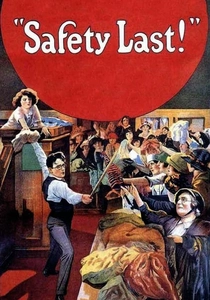
Safety Last! (1923)
Description: Harold Lloyd's character climbs a skyscraper to win a prize, resulting in one of the most iconic images of silent film comedy.
Fact: The famous clock scene was actually filmed with a stunt double, as Lloyd had lost a thumb and forefinger in a previous accident.
 30 Days Free
30 Days Free
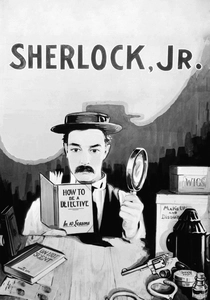
Sherlock Jr. (1924)
Description: Buster Keaton plays a projectionist who dreams of becoming a detective, leading to a surreal adventure where he steps into the movie he's projecting.
Fact: The film includes a famous scene where Keaton jumps onto a moving train, showcasing his incredible physical comedy and stunt work.
 30 Days Free
30 Days Free
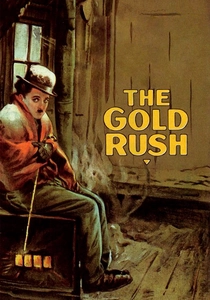
The Gold Rush (1925)
Description: Set during the Klondike Gold Rush, Chaplin's Tramp faces various comedic misadventures, including the famous dance of the bread rolls.
Fact: The film was re-released in 1942 with a new soundtrack and narration by Chaplin himself.
 30 Days Free
30 Days Free
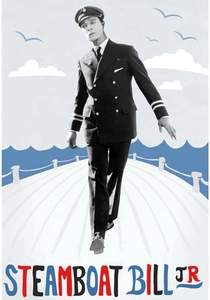
Steamboat Bill, Jr. (1928)
Description: Keaton plays a college student who tries to impress his stern father by helping with his steamboat business, leading to a series of comedic mishaps.
Fact: The film includes one of cinema's most famous stunts where a house front falls around Keaton, who stands in the perfect spot to avoid being crushed.
 30 Days Free
30 Days Free

